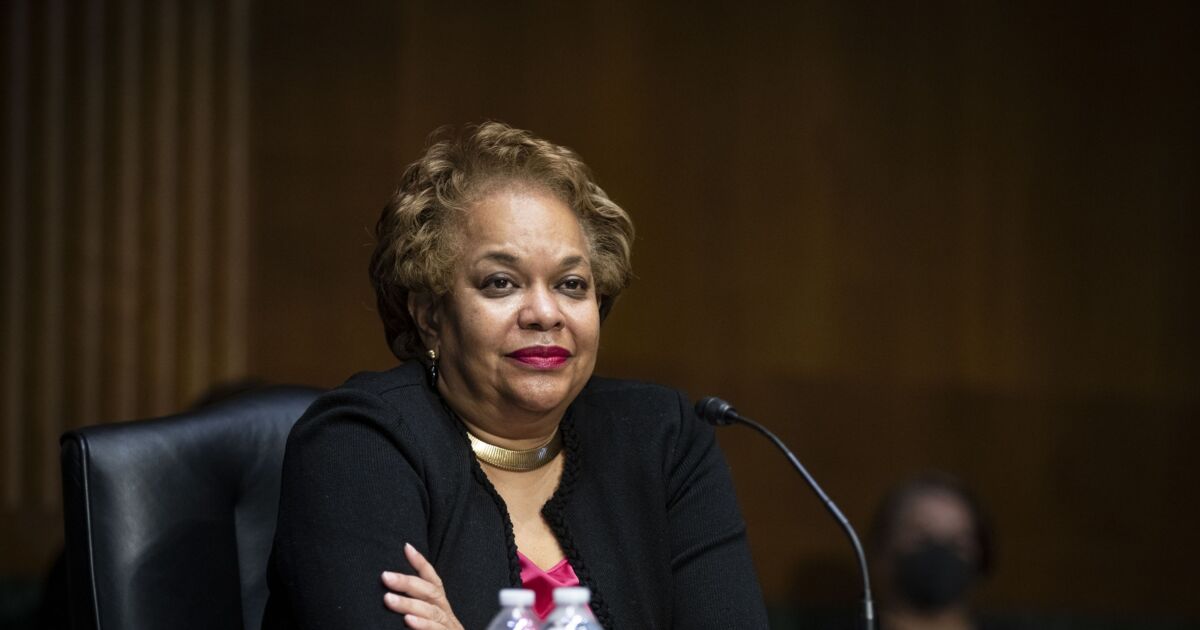
Dozens of bank trade groups are urging Federal Housing Finance Agency Director Sandra Thompson to modify a rule to allow banks to continue accessing low-cost funding from the Federal Home Loan Bank system even if they report having negative tangible capital.
The American Bankers Association, Independent Community Bankers of America and nearly 75 state bank trade groups sent a letter Tuesday asking Thompson to align the FHFA's tangible capital rule with the more up-to-date Tier 1 capital rules used by prudential regulators.
Higher interest rates have forced banks of all sizes to make mark-to-market adjustments on their investment portfolios resulting in unrealized losses. Roughly 100 community bankers are likely to report having negative tangible capital on call report data that is trickling in this month and through early November.
"The Federal Reserve's move toward a less accommodative monetary policy stance means that markets are adjusting to a new environment, and as such, valuations of even the safest securities are affected," the trade groups said.
Under the FHFA's current rule, banks with negative tangible capital are restricted from accessing the Federal Home Loan banks for funding unless they get a waiver from their prudential regulator. Some community banks could face a liquidity crisis if the FHFA's rule is not changed. Bankers that tap the FHLBs could be restricted from renewing existing FHLB funding beyond 30 days unless a bank's prudential regulator agrees to a waiver.
Rising interest rates could force some community banks to fall below a critical capital threshold that the Federal Housing Finance Agency uses to determine eligibility for Home Loan bank advances.
"Failure to fix this inconsistency in the regulations may exacerbate stress as banks continue to navigate rising rates and the ongoing macroeconomic volatility," bankers said in the letter.
The FHFA follows generally accepted accounting principles, known as GAAP, while prudential regulators use regulatory accounting principles. A key difference is that the regulatory bank capital regime allows all but the largest banks the option of excluding unrealized gains and losses on available-for-sale debt securities. As a result, market swings do not affect regulatory capital levels, bankers said.
"Looking to tangible capital could create confusion and, in a rising rate environment such as today's, incorrectly suggest that otherwise sound banks are not creditworthy for purposes of access to FHLB advances," the groups said.



